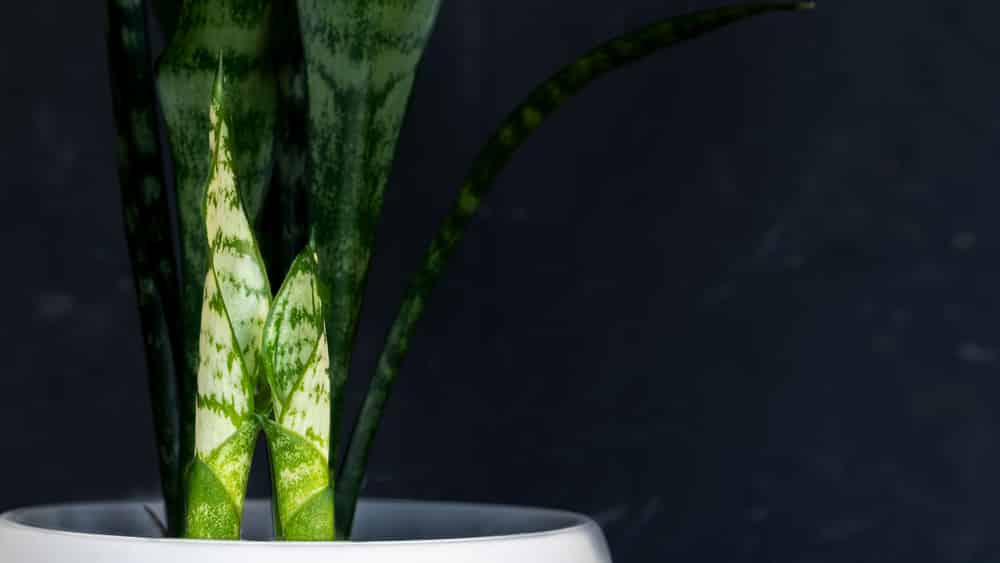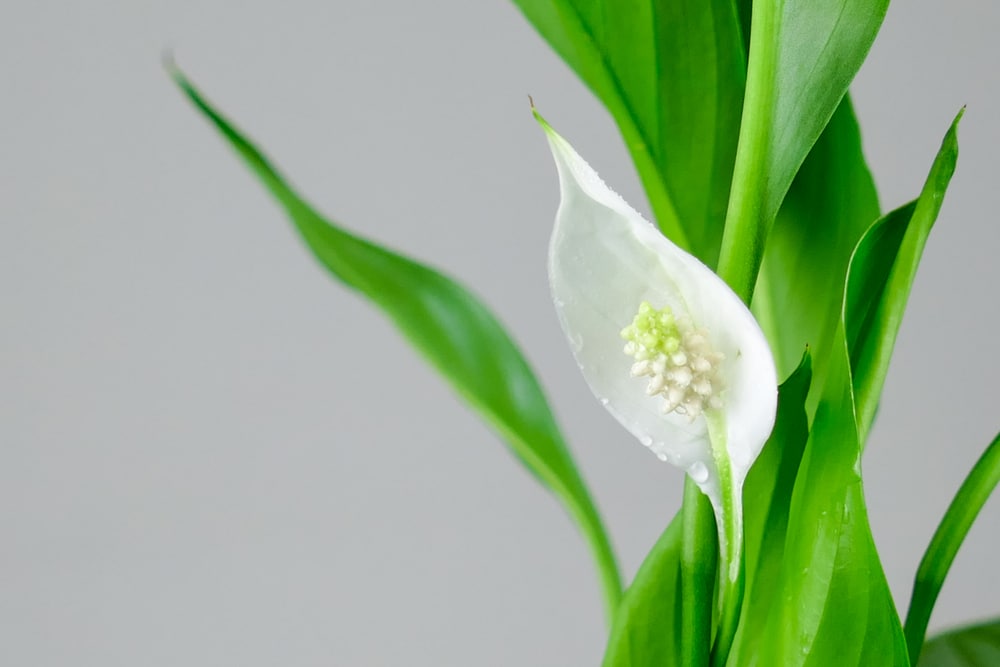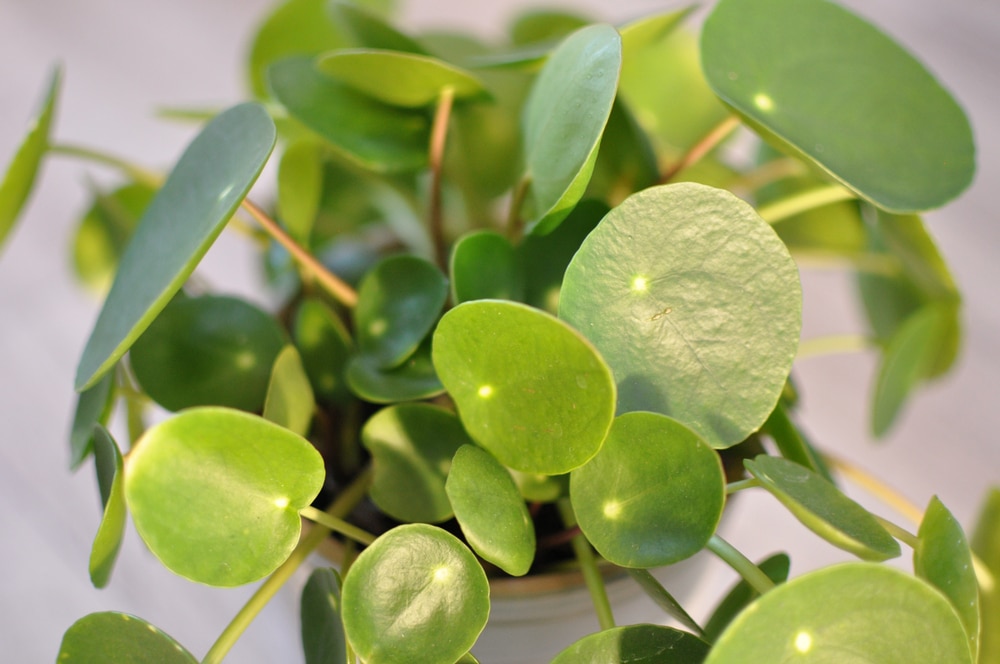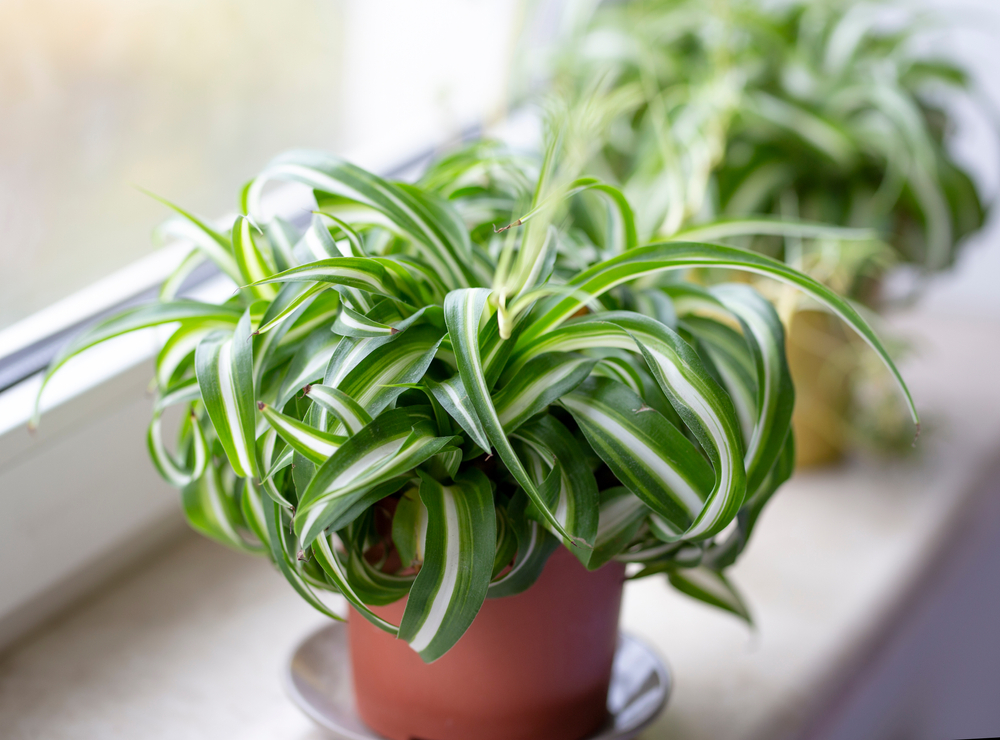Most people don’t know it, but plants make our environment rich with clean air and fresh, open spaces. During the day, plants undergo photosynthesis and release natural oxygen when there is natural light. Once the sun goes down, the plants begin to dispose of carbon dioxide and repeat the cycle. But do night oxygen producing plants exist?
Wouldn’t it be amazing to have plants release oxygen 24/7? The idea isn’t too farfetched. Plant owners are switching out air filters for specific indoor plants that provide quality air throughout the night.
This article will guide you through a list of 7 oxygen-producing plants that work at night.
Night Oxygen Producing Plants
Here’s a list of the best night oxygen producing plants:
Aloe Vera
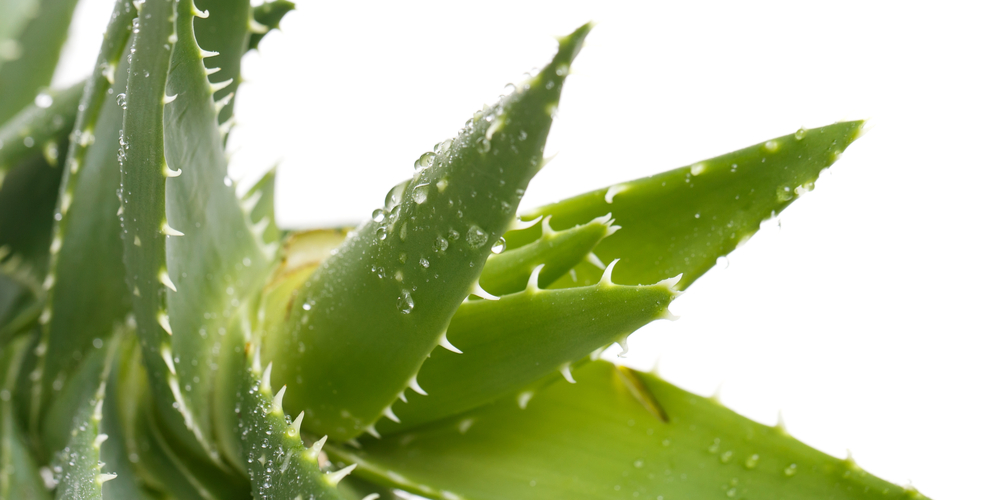
Aloe Vera is a super plant that is beneficial for any person to have. From home decor to medicinal purposes, this cacti has many uses.
Owning a pot of aloe vera ensures that your house is clear of toxins like aldehyde and benzene. The body can fight off these toxic compounds, but the plant absorbs them quickly.
Within its spear-like leaves is a clear, sticky gel that is useful for medical treatment. Rubbing the gel over burns and minor cuts soothes the pain overnight and can even clear acne after several uses.
Aloe vera is a high-quality oxygen-producing plant to own. It should stay in sunny atmospheres and avoid overwatering to survive.
Snake Plant
A snake plant in your home can produce oxygen while offering a little uniqueness to home decoration.
Also known as Mother-in-Law’s Tongue, the snake plant can grow up to 3 feet and cleanse formaldehyde from the air.
Plant owners who are just starting have an easier time with the snake plant. It’s low maintenance and doesn’t require constant monitoring. Placing it near a sunny window and regulating the dry soil will allow this plant to thrive in the corner.
Weeping Fig
Owning a weeping fig is like owning a mini tree on your desk. A bush of dark green leaves blossoms over the tip, resembling a small oak tree.
Also known as a ficus, a weeping fig cleanse the air from formaldehyde and trichloroethylene. Because of the plant size, weeping figs can expand their oxygen production across an entire room.
However, these plants aren’t easy to maintain. They require adequate attention and thrive with humidity and bright lights. Avoid placing them around cool areas with a constant draft, and keep the air-cleansing fig to work for you.
Peace Lily
If you want an oxygen-producing plant with some style, consider getting peace lilies because they are beautiful and reliable for every household.
Not only are these elegant white blooms clear out harmful toxins like toluene and xylene, but peace lilies are also easy to maintain.
Regular lilies are toxic to pets, but the most harmful thing about peace lilies is the taste. Moderate light and water will allow the lily to bloom during spring.
Money Plant
The money plant is a popular home decor in the eastern hemisphere. The name comes from the shape of its flat, plump leaves resembling coins.
Also known as the Devil’s Ivy, money plants release oxygen at night, reduce toxins in the air, and bring Feng Shi to the area.
From a cultural perspective, these plants promote wealth and good health. Owners can reduce their stress, fix their sleeping patterns, and even increase their luck with a potted money plant.
Christmas Cactus
Mainly found in Mexico and Brazil, the Christmas cactus is a beautiful flower plant with vibrant pink petals. This cactus produces clean oxygen at night and carries a sweet scent that attracts hummingbirds.
Novice plants owner won’t have trouble taking care of this plant. Christmas cacti are low maintenance and only require periodic watering during the summer and fall.
Spider Plant
Spider plants get their name from the appearance of their green-yellow leaves curving downwards like spider legs.
Keeping these foliage plants in a hanging basket gives you more placement options around the house and adds oxygen where needed.
In addition to producing nightly oxygen, spider plants filter out carbon dioxide and formaldehyde.
It’s an easy plant to care for with indirect sunlight and well-drained soil.
Conclusion
Owning a plant that can produce oxygen during the night contributes to a healthier lifestyle. Many exist, and the choice depends on your preference and personal taste.
